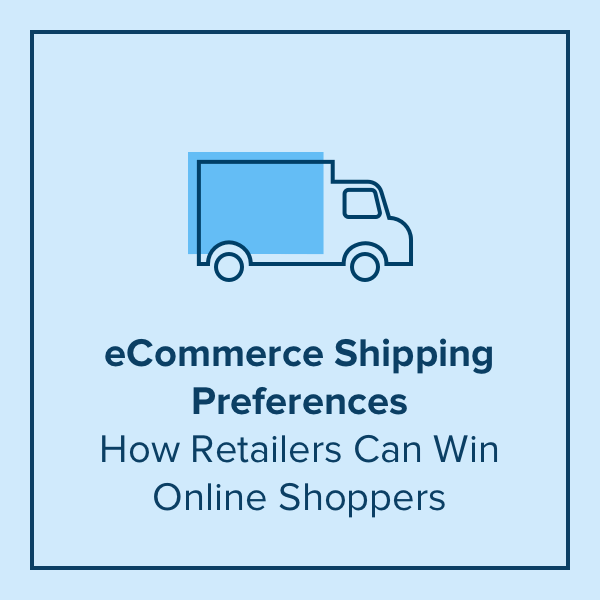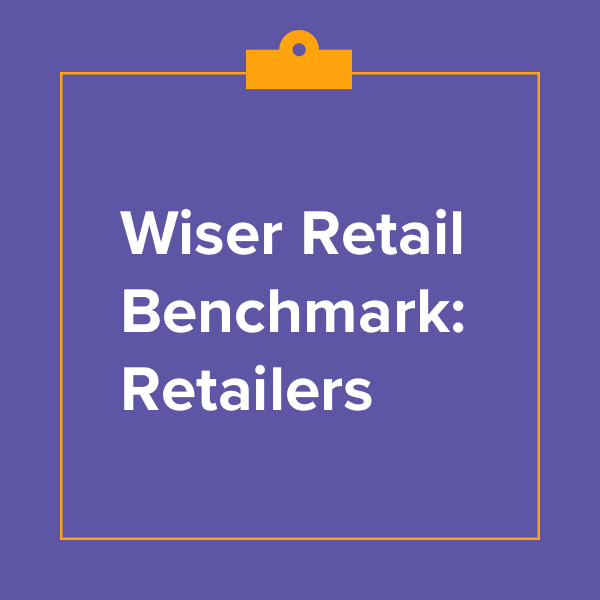Store Operations: Capture the Complete Picture of Your Stores' On-The-Ground Performance
Despite what many people seem to think, brick-and-mortar stores still have a very large presence in retail. In fact, nearly 81 percent of purchases occur offline.
Do you know what shoppers see when inside your stores?
It's up to retailers to ensure that stores stay optimized on all fronts, even as customer expectations continue to shift. Cleanliness, stock levels, store employee training, and up-to-date technologies are all important parts of your retail store and will factor into your sales.
So, how do you get a complete picture of what's going on at the store level? With real-time, scalable data collection.
What Are Store Operations?
Store operations refers to all of the activities, both day-to-day and long-term, that keep a retail store running. This includes:
- Employee Management
- Supply Chain
- Inventory and Stock Levels
- Loss Prevention
- Store Layout
- Promotions
- Pricing
- Measuring Foot Traffic
- Welcome and Checkout Customer Experiences
All these factors and more can affect how smoothly a retail store operates.

eCommerce Shipping Preferences: How Retailers Can Win Online Shoppers


How to Improve Your Retail Store Operations
When it comes to retail operations, the most crucial step is gathering data. From here you can plan, measure, and analyze your store operations.
Every store is different. Where one retailer might excel in store layout, they might be lacking when it comes to customer service. That's why it's important that you track your own data and build a strategy that works for your specific needs.
Despite this, there are a few steps that every store can take to improve operations:
Automate Wherever Possible
With so many different responsibilities that go into operating a retail store, it's important that you save time and effort where you can. This means automating tasks so you can move quicker and breathe easier. Some easy systems to automate are:
- Payroll
- Time-tracking
- Scheduling
- Inventory
These are just some examples. Removing the manual work from these systems can streamline operations and optimize areas that haven't reached their maximum potential.
Standardize Operating Procedures
If you are a retailer with multiple locations, then you know how hard it is to keep every store running smoothly and following the same procedures. Some employees are taught how to complete tasks by word-of-mouth, leading to a confusing, non-standardized way of doing things.
It's important that your business presents a unified front across all locations. The goal is to create a welcoming, comfortable reputation for your shoppers that lets them know they can feel safe walking into any one of your stores—and they will notice when something is off.
Standardizing procedures also makes it easier to train new employees, allowing you to onboard at multiple locations while ensuring that everyone is receiving the same information.
Making these changes can improve efficiency across all of your stores, optimizing retail operations.
Constantly Gather Customer Feedback
Collecting customer feedback is one of the best ways to get an accurate pulse check on the health of your stores. This data can highlight which areas might be lacking and in need of improvement.
There are a few key moments in the customer journey where retailers should pay close attention to shopper sentiments:
- Right after completing a purchase
- A few months after completing a purchase
- After interacting with a store employee/customer service
Monitoring customer experiences at multiple points throughout their purchasing process can pinpoint exactly where your business needs improvement.
Areas to Focus Your Store Operations
Optimizing your retail operations is key if you want to keep up with customer expectations and improve sales. Although there are stores of many different shapes and sizes, there are some key areas that all retailers should focus their efforts on:
Associate Interactions
Successful retailers work continuously to create positive, personal, and lasting experiences for customers. This begins with store employees.
In retail, if a customer leaves your store dissatisfied, then they probably won't be your customer for much longer. That's why it's so important that you keep your store associates trained and capable of handling any situation they might come across in-store. Training isn't just a one-time thing. In fact, 41 percent of retail staff say they'd prefer ongoing training in order to improve their performance.
The next step is measuring the success your employees are having with shoppers. Do customers feel helped and listened to after they speak to your staff? Do they notice issues like empty shelves or messy floors when shopping in your stores? These shopper sentiments can make or break a retailer's success.
When looking to improve your store operations, focus on optimizing your workforce.
Traffic Metrics
If you want to improve your customers' experience, put yourself in their shoes.
Part of store operations is keeping track of and managing the foot traffic into and out of your store. It's important that you know how many people are walking into your store, how many are making purchases, and how many are leaving dissatisfied.
This data can help you make informed data-driven decisions when running your store. For example, you can plan promotions around your busiest days, track patterns, and learn what factors might be contributing to slower low foot traffic days. Or you can measure foot traffic against the number of sales made to measure the effectiveness of promotions.
More data means smarter decisions when it comes to optimizing your store operations.
Thankfully, you don't have to do all of this manually. There are several great tools for measuring foot traffic. In particular, you can gather shopper insights and receive first-hand accounts of exactly what goes on in your stores.
Stock Levels
Shoppers can't purchase what they can't find. Are your inventory levels where they should be?
Managing inventory focuses on maintaining and managing the merchandise coming into your stores, plus making sure those products are well-stocked on the shelf. Ideally, the amount of inventory you are bringing in adequately meets customer demand. Your shelves should reflect a deep understanding of your customer base and what they want.
If you are a retailer with multiple locations, then your inventory management can be a little more involved. Are your SKU levels differing across different locations? Do your stores have the same amount of product that you think they do?
One way you can manage this is by ensuring that your store managers are taking note of stock levels every day. Factors like supply issues, damaged products, or even theft can alter your inventory in unexpected ways.
Inventory is a core mart of store operations and can fluctuate and customer interests change. Make sure you are accurately tracking which products need to be prioritized when stocking shelves.
Welcome & Checkout Experience
The first few moments a shopper spends in-store are critical. Do you know what they're seeing?
Factors like cleanliness, atmosphere, customer acknowledgments, and more can all affect your store's first impressions on the customer. If they don't like what they've walked into, they can easily turn around and go.
Equally as crucial is their check-out experience. This is the shopper's last interaction with the store, which means that it could be the only thing they remember after they've walked out. On top of this, as shoppers are checking out, they are still deciding if they really do want to make certain purchases. They could still be deliberating over an impulse purchase or wondering if they should check somewhere else for a better deal. Ensuring that their checking out process is easy and smooth can move this step along before they've had a chance to change their minds.
To measure both of these points in the shopper journey, make sure you are gathering constant shopper feedback and determining if customers' experiences match your expectations. If not, this is an area where some extra associate training might be in order.
Conclusion
What does your store look like to shoppers? Do you know what they're seeing? Cleanliness, out-of-stocks, store employees—these are all factors you need to consider when optimizing your store operations. Don't worry, Wiser has exactly what you need.
Wiser's store operations solution is powered by our Retail Intelligence product. With this product, you'll have access to a tool that can provide data on:
- Shopper Sentiments - Shoppers can respond to your questions around their emotions, attitudes, and preferences that could affect their purchasing behavior.
- Retailer Insights - Our mobile crowd can answer questions on things like out-of-stocks, ineffective displays, and more.
- Competitive & Category Intelligence - Get data from the stores to compare competing brand metrics, such as pricing, packaging, and promotions.
All this information and more could be available whenever you need it, so you can make data-driven decisions that positively impact the health of your store.
Don't be reactive, be proactive. Get ahead of any potential in-store challenges by examining a variety of critical data points that could be the key to your store's success. What you need is insights into every component of your store. Merchandising, the shelf, shoppers—how can you know what areas need improvement if you don't have all the information?
Contact Wiser today to learn more about optimizing your store operations.
Actionable insights are a conversation away.
We’d love to give you immediate access to our Commerce Execution Suite, but first we need some information. Help us learn about your business so we can recommend an ideal solution.




